Another important thing to consider is if it is at all worth it to fix the crack. If it will take you longer to fix the piece than it would take you to make a new one, then it will be penny-wise-pound-foolish to fix it. It is also good to learn when a crack is really not worth the effort and when it may make a real difference. Some cracks are more worthy to fix than others. A piece that is strictly for decoration and will not get confused for a utilitarian piece, is a perfect piece to fix, both artificially and structurally; that is with or without ceramic materials. In fact, a crack that distract from the beauty, should be fixed. However, when the utilitarian strength of a piece, for instance the handle of a teapot, is weakened by the fixing process, it is not worth it to put your reputation as a ceramic artist on the line. All potters must at least fix one crack in their lifetime, or else they have not had the “full clay experience” - I say that tongue-in-the-cheek. However, there was one potter known, not only for fixing cracks, but she changed the whole perspective on American porcelain as she was recognized as the most important United States ceramic artist in the 20th century (Arts and Antiques magazine - March 2000).
Adelaïde Alsop Robineau was born during the last remnants of the industrial revolution in the United States and growing up, she became a painting artist. But as it often went with artists during these times, she worked also as a china painter on ceramics to help support her family. One of very few women in the USA to study and practice pottery at the time, she worked primarily in porcelain, experimenting with American clay to create a true high-fire porcelain. It took her over 1,000 hours to make, but as it often happens with porcelain, there were small cracks when it came from the kiln. Taxile Doat, her teacher advised her to trash the piece, as it appeared to be irreparable. She did not give it up and spent hours grinding bisque to powder, mixing it with some powdered glaze, and filled the cracks. After re-glazing and re-firing, the piece was pulled from the kiln with no signs of cracks or reparation. How does Antoinette fixes cracks in her pots?Here is how I fix cracks: Mix up some paper clay from your clay body. Add a few drops of clear glaze and some finely grounded bisque from the same clay as the mug. Clean any dust away and add some clear glaze on the chip. As it dries, it may open up some cracks again, but keep filling it with more paper clay. Remember paper clay must still shrink to catch up with the rest of the body, so it needs enough filler that will not shrink that much. When you put it back in the kiln, put some silica on the shelf under the piece to prevent possible sticking. If it is a foot rim, you may have to sand it when it comes out. Links: Porcelain by Antoinette E-courses (online workshops) at TeachinArt Preview our e-courses Demonstrations and tips Tags:
#potterytips #faultsandremedies #fixingfaults #teachinart #ceramicschool #paperclay #paperporcelain
13 Comments
2/1/2020 08:37:30 am
Hers are some more details:
Reply
9/7/2023 05:22:47 pm
How can I repair my bowl with paper clay without a kiln?
Reply
9/22/2023 01:44:37 pm
BEVERLY COREY If you want to use the bowl, it must be fired again and there is not perfect guarantee that you will be able to use it.
I had been puzzling over the safest way to collect finely ground bisque, when I stumbled across a great idea (that I now can't find to give credit to the author, so sorry.).
Reply
9/2/2020 11:32:43 am
I was wondering about that, but have not tried that. It may lump, but it should work.
Reply
12/1/2020 07:03:31 pm
My mom accidentally dropped her clay pot, and this caused a crack in it, which is why I told her that it would be best if she'll buy a Caulk preserver solution that she may use in fixing the crack. Well, your suggestion of adding a clear glaze on the chip seems helpful as well. Thank you for also clarifying here that it is necessary to fix it with a sturdy filler.
Reply
Jacquie Blondin
5/4/2022 12:05:40 pm
I ground bone dry clay, bisques it and then put it through a 80 mesh sieve. Going to try this nether out. Can you do the repair and go directly to glaze firing without the 2 bisque. I’m using stoneware.
Reply
5/4/2022 10:07:55 pm
Jacquie, Antoinette is presenting a hands-on workshop at LaMeridiana in Italy. She will answer your question as soon as she gets time available.
Reply
5/4/2022 11:28:18 pm
It is always best to first re bisque. Not only to check if the crack really mended, but also to see if it shrunk level with the rest of the wall.
Reply
5/27/2022 07:54:18 am
I fixed my friend's pottery with this trick and it worked. Thanks for this amazing trick!
Reply
Nancy Wolf
7/11/2022 09:21:22 am
What about Amaco Bisque Fix? Will that repair cracks in glazedware?
Reply
7/13/2022 08:36:28 am
Nancy, I do not have experience with Amaco Bisque fix. You may want to contact them directly with your question.
Reply
Your comment will be posted after it is approved.
Leave a Reply. |
AuthorTeachinArt is an online art school with professional artists as instructors who educate, enridge and promote art. Categories
All
|
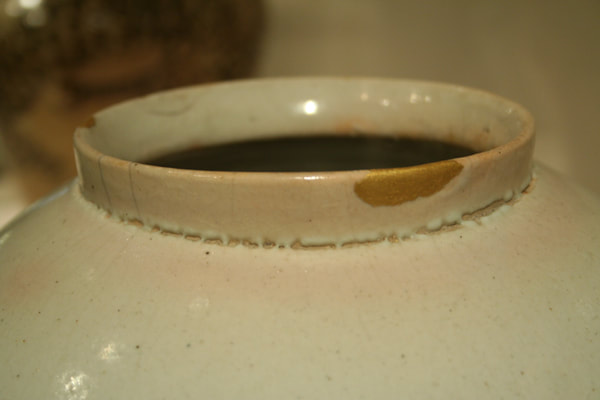
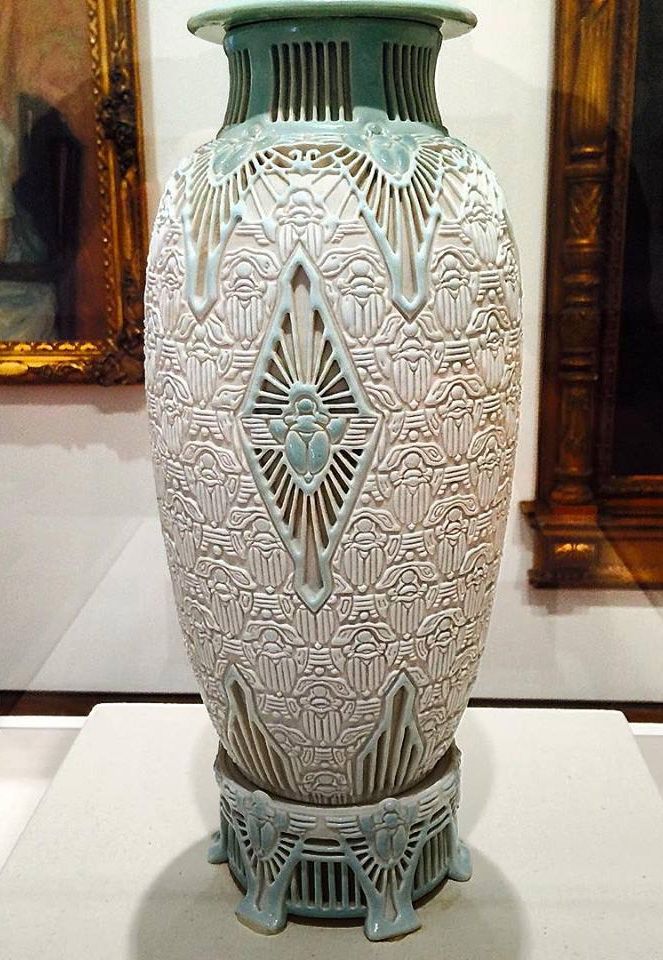
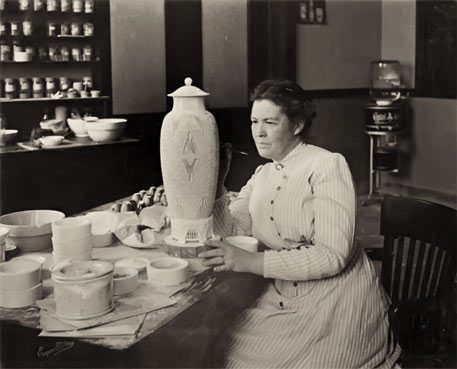
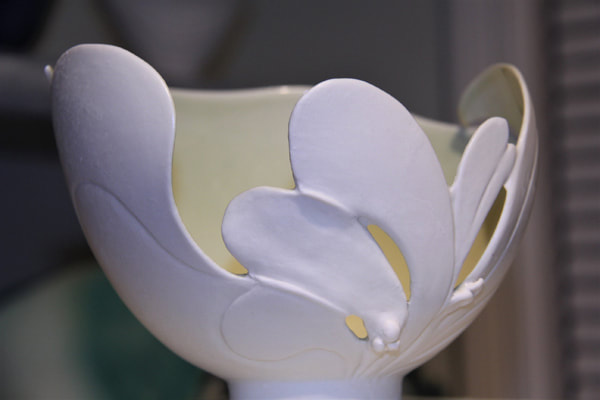
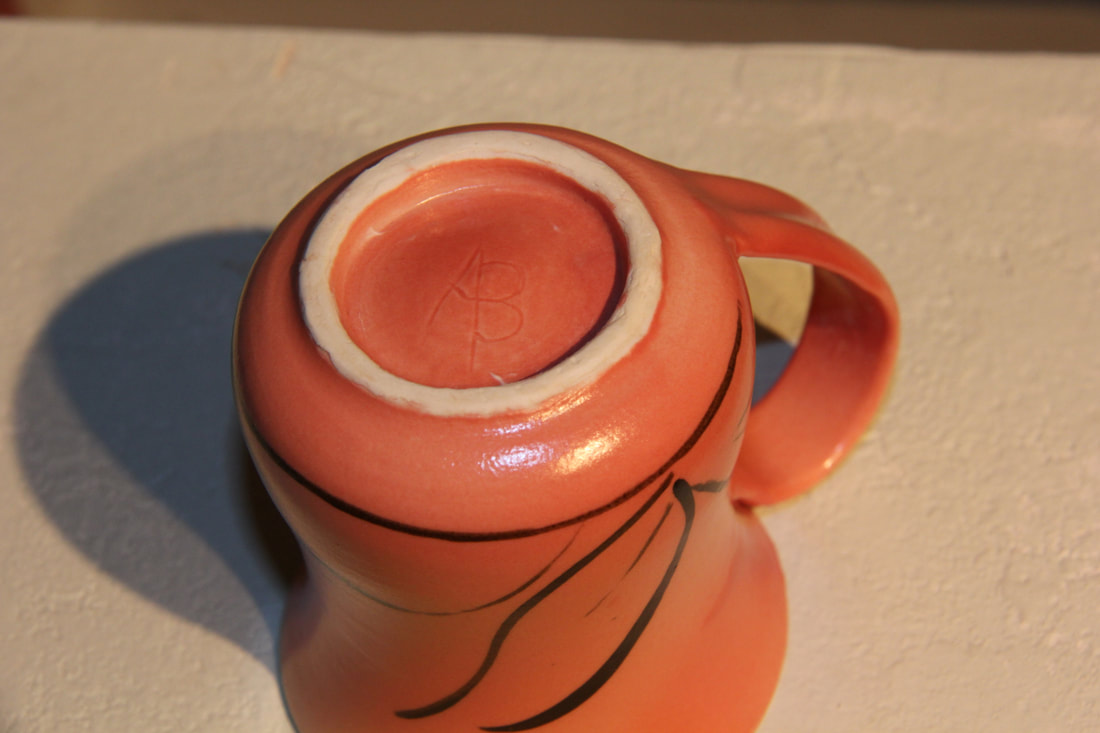
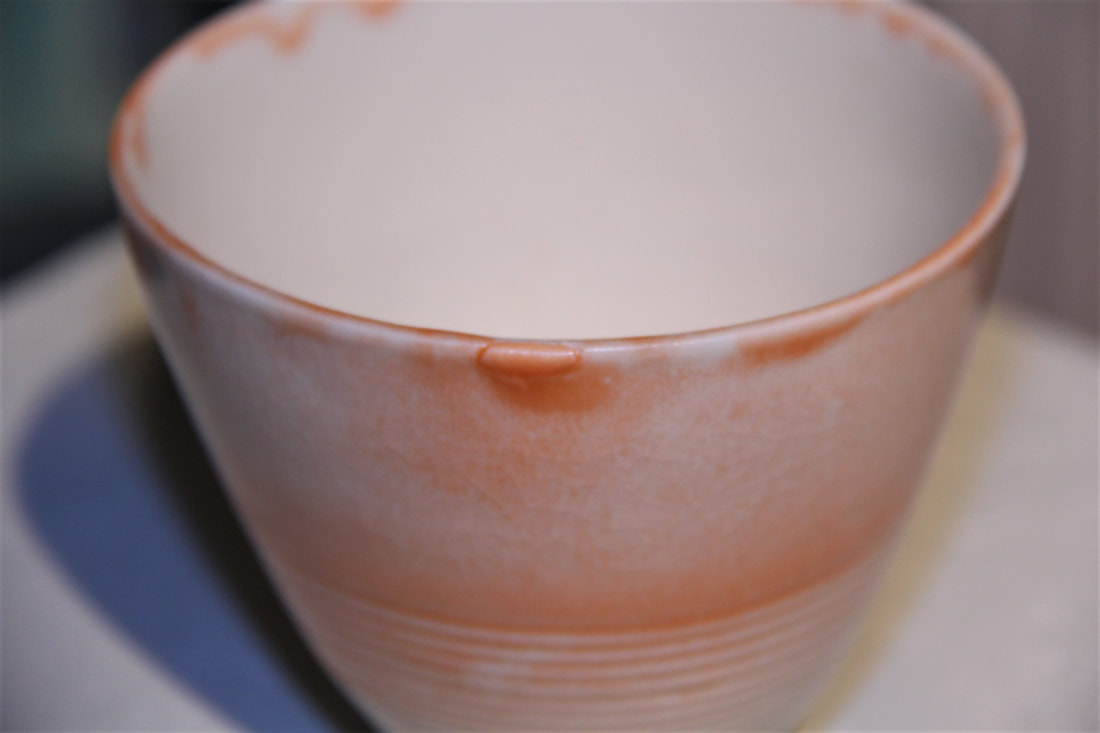
 RSS Feed
RSS Feed